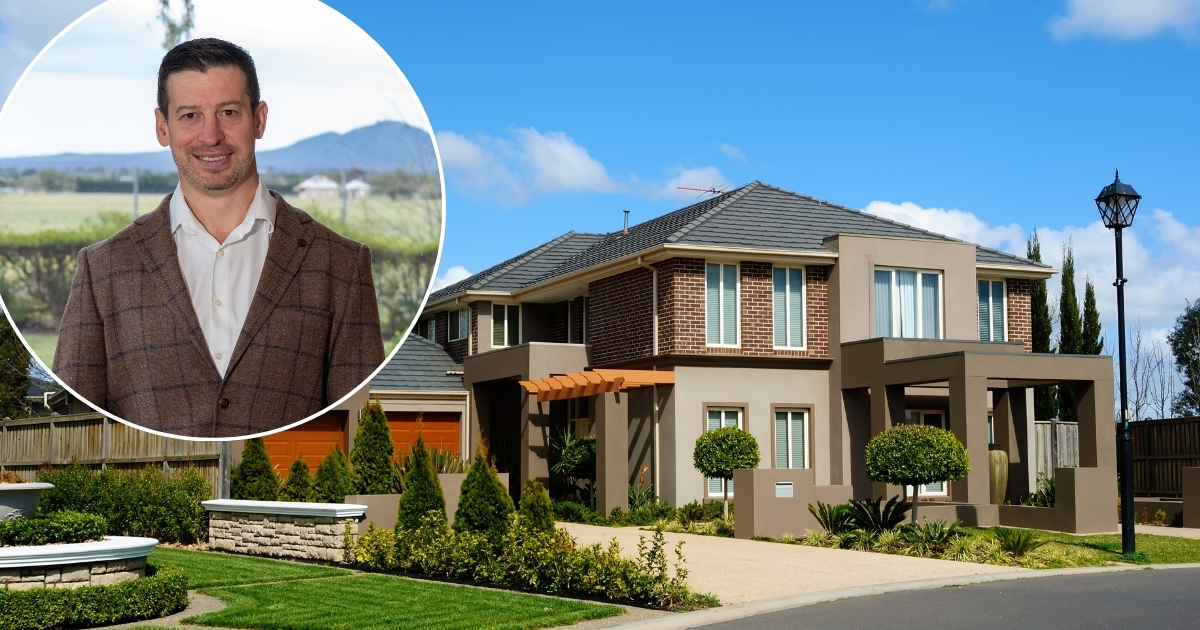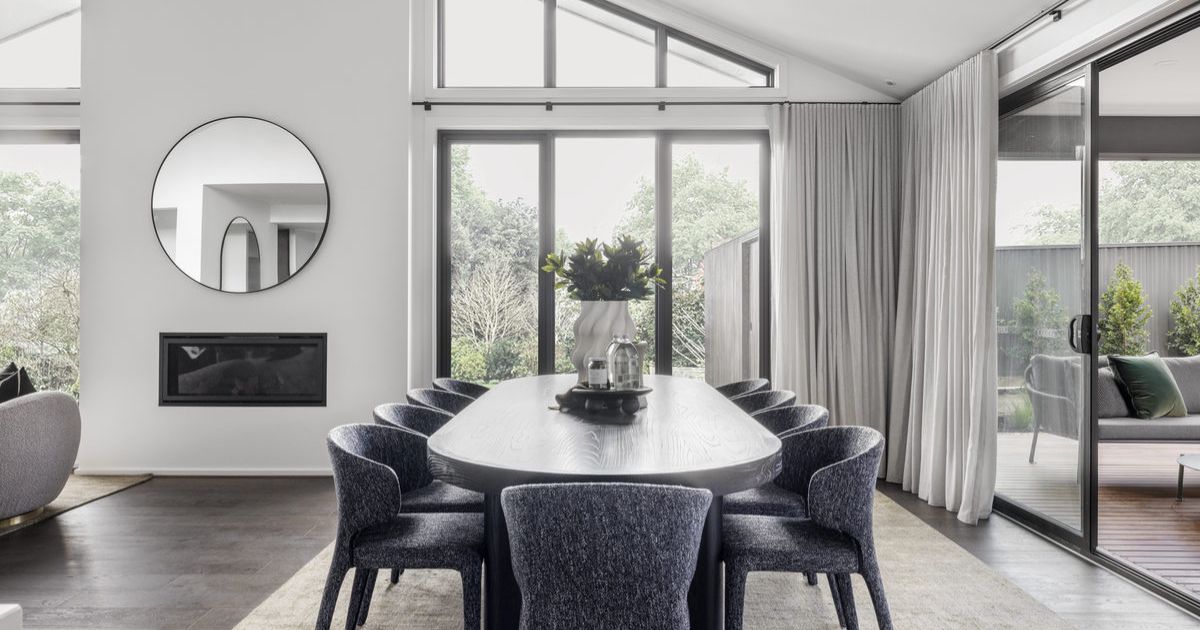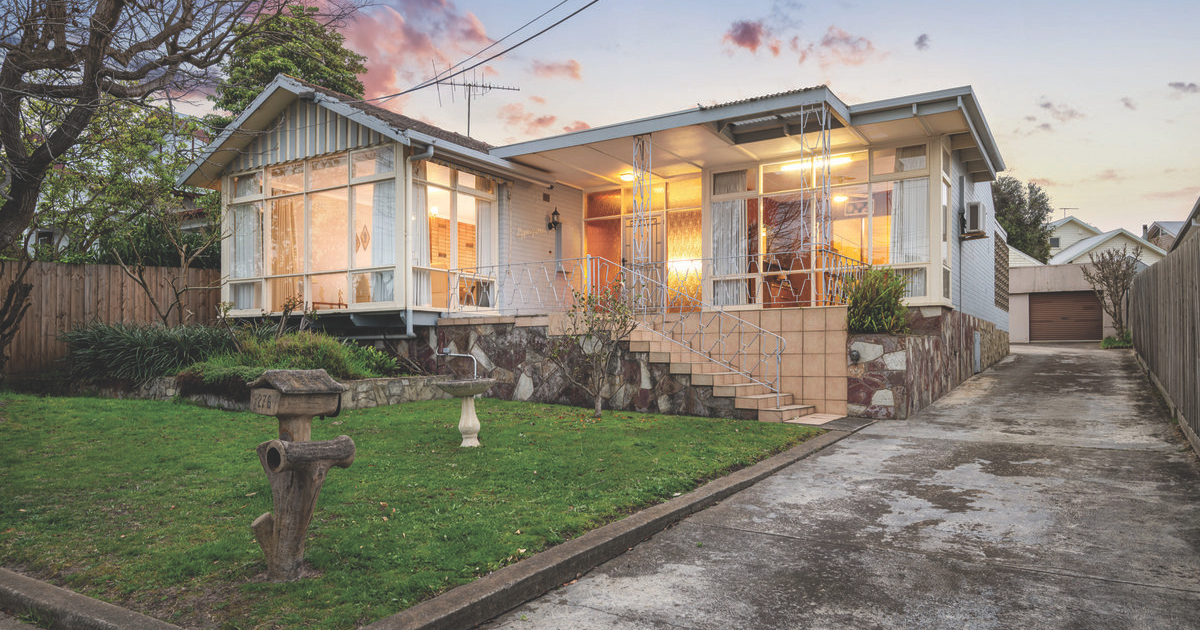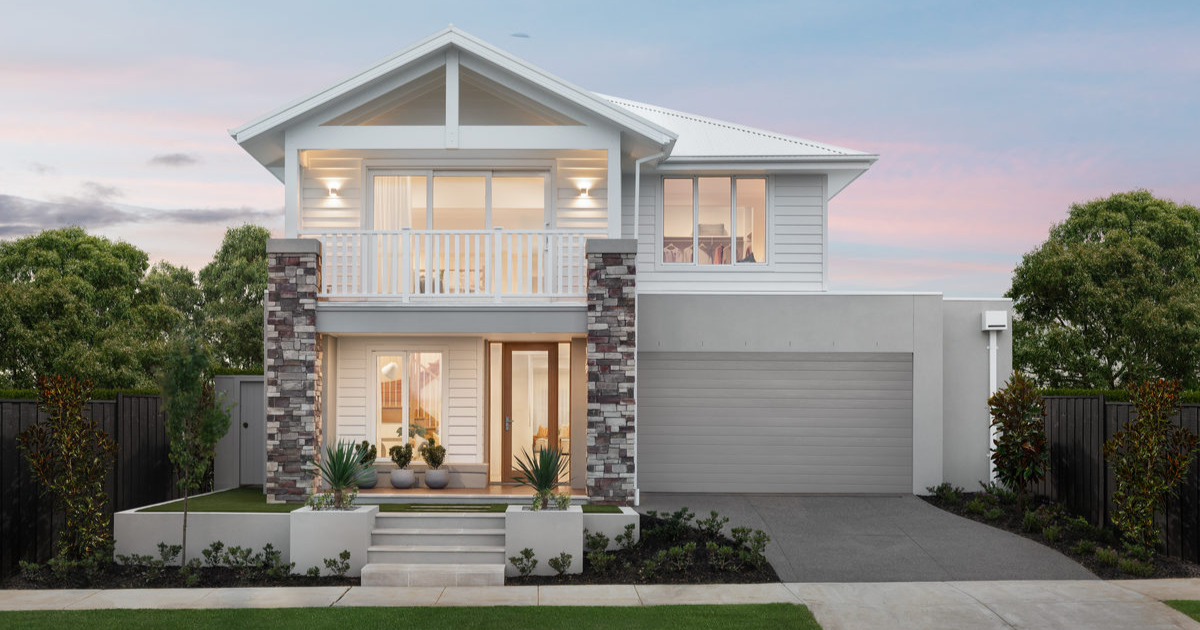A new ‘long’ property cycle — it’s a good thing
SEVERAL market signals indicate our local property market is emerging from the bottom, and we have begun a new ‘long’ property cycle. Speculation is rife that prices will increase, but I want to dampen that expectation. We are not about to experience a boom, but a period of prolonged price growth.
Conjecture has been growing over the past few weeks. Agents have reported an increase in enquiries, reporters are getting excited they will have something sensational to write about again, but it’s all hype.
What has changed is the tone of the cycle. Where we once saw caution and fragmented performance, we’re now witnessing renewed buyer confidence across the board. This is translating into a renewed confidence from agents too, who are now booking in auction campaigns, as opposed to private sale or expressions of interest. Over the last month, our region has maintained clearance rates of above 70 per cent, surpassing the same period the previous year.
There is good reason to feel more optimistic as we are in an improved position. The majority of mortgage holders have loan-to-valuation ratios well below 80 per cent, with many clustered in the 40 to 60 per cent range. In fact, 50 per cent of homeowners have paid off their mortgages. For those with mortgages, the cash rate has dropped to 3.6 per cent, and three out of four major lenders predict at least one more rate cut, either in November 2025 or early 2026.
Additionally, there is the expansion of the First Homeowners Guarantee Scheme, which commenced on October 1, allowing borrowers to purchase a property with just a 5 per cent deposit and no LMI.
Based on the above, many commentators and property blogs are assuming demand will spike instantly. In my opinion, at least in our region, this will not be the case. Our market is emerging from a prolonged period of stagnation, with zero growth over the last 12 months.
From 2022 to July 2023, Geelong’s house prices fell about 10.4 per cent on average and then markets stalled or continued to fall. In locations like Ocean Grove and Torquay, price corrections of -15 per cent or more were the norm, and there is still more stock on the market in these regions than they have sold in the previous 12 months. We have a long way to go before demand for property will put pressure on median prices. Treasury predicted that the First Homeowners Guarantee Scheme would issue 20,000 guarantees in the first year. We average 750,000 sales per annum, so this represents only 2.6 per cent — not nearly enough to put pressure on prices.
Then there is the cost-of-living pressure that has impacted Victorians more than any other state. People tend to have long memories and are less likely to take on greater property debt again. With sustained population growth to our region, sitting around 2.5 to 3 per cent annually, this will continue to create some light demand.
Given this, I believe this property cycle will be a slow, steady growth over a prolonged period. This will not be a four-year cycle to peak, more likely a five-to-seven-year cycle, or even longer. If you are purchasing this spring, don’t be bluffed by the press, there is another one just like it around the corner or in the next suburb. Pay what you have budgeted for.
At least with steady growth and increasing supply, driven by small demand increases over time, the affordable housing crisis — which is a ‘supply crisis’ — will have time to fix itself. Over time, increasing supply will make ownership much more attainable, but supply will only come with bankable gradual growth. Fingers crossed this is something that we will experience for some time to come.
//SPONSORED CONTENT


















